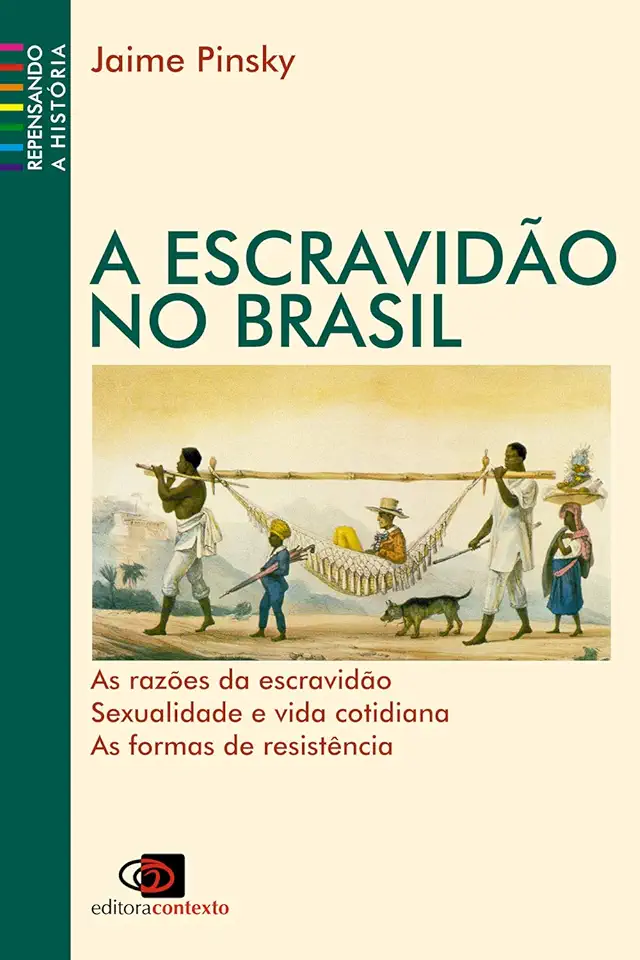
Slavery in Brazil - Jaime Pinsky
Slavery in Brazil: A History
Introduction
Slavery was a central institution in Brazilian society for over three centuries. It shaped the country's economy, politics, and culture, and its legacy continues to be felt today. In this comprehensive and authoritative history, Jaime Pinsky tells the story of slavery in Brazil from its origins in the early colonial period to its final abolition in 1888.
The Atlantic Slave Trade
The Atlantic slave trade was one of the largest forced migrations in human history. Between the 16th and 19th centuries, an estimated 12 million Africans were forcibly transported to the Americas, where they were sold as slaves. Brazil was the largest recipient of African slaves, with over 4 million Africans arriving in the country during this period.
The Plantation System
The plantation system was the economic foundation of slavery in Brazil. Plantations were large-scale agricultural estates that produced cash crops such as sugar, coffee, and cotton. Slaves were the main labor force on plantations, and they were subjected to harsh working conditions and brutal treatment.
Slave Resistance
Despite the harsh conditions they faced, slaves in Brazil resisted slavery in a variety of ways. They ran away from plantations, formed quilombos (communities of escaped slaves), and engaged in acts of sabotage and rebellion. Slave resistance played a significant role in the eventual abolition of slavery in Brazil.
Abolition
The abolition of slavery in Brazil was a long and complex process. It began in the early 19th century with the rise of abolitionist movements in Brazil and Europe. In 1888, Princess Isabel, the daughter of Emperor Pedro II, signed the Golden Law, which abolished slavery in Brazil.
The Legacy of Slavery
The legacy of slavery in Brazil is complex and multifaceted. It includes the ongoing struggle for racial equality, the persistence of racial discrimination, and the continuing influence of African culture on Brazilian society.
Conclusion
Slavery in Brazil was a brutal and dehumanizing institution that had a profound impact on the country's history and culture. Jaime Pinsky's comprehensive and authoritative history of slavery in Brazil is a must-read for anyone who wants to understand this important chapter in human history.
Why You Should Read This Book
- Slavery in Brazil is a comprehensive and authoritative history of slavery in Brazil, from its origins in the early colonial period to its final abolition in 1888.
- The book is based on extensive research and is written in a clear and engaging style.
- Slavery in Brazil is a must-read for anyone who wants to understand this important chapter in human history.
Order Your Copy Today!
Slavery in Brazil is available in hardcover, paperback, and e-book formats. Order your copy today and learn more about this important chapter in human history.
Enjoyed the summary? Discover all the details and take your reading to the next level — [click here to view the book on Amazon!]